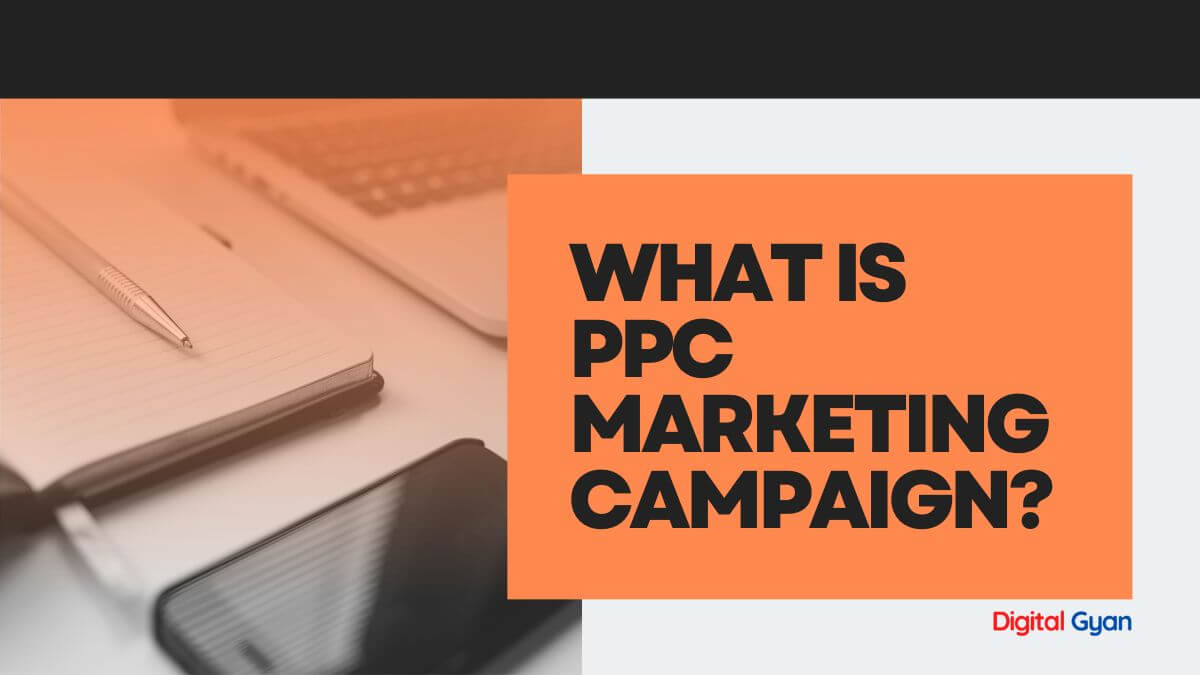What is Integrated Marketing Communication (IMC)?
IMC is a strategic business process the purpose of which is to plan, develop, execute and evaluate brand communication programs over time for existing and potential customers of the company.
The concept of integrated marketing communication was initiated from the belief that the key to successful business is to focus on meeting the expectations of customers and providing them with a delightful experience that would encourage them to continue doing business with the organization in the long-run and prevent them from switching to other brands.
At the same time, customers who have an enchanting experience from purchasing the products of the company will share their experience with others, and sales will eventually increase through word of mouth, whereas if customers are not satisfied, this will have a negative impact on the business’ revenue. To target the customer effectively and meet his needs is important; consequently, it is also essential to maintain customer loyalty by communicating with them to identify their needs and persuade customers to purchase goods from the company in the long-run.
Integrated Marketing Communication
The practice of synchronising all of product and brand promotion activity across many communication channels is known as integrated marketing communication (IMC). It’s important to note that this definition strongly emphasises persuasion, which is the art of getting others to agree with your point of view or act in a certain way. A company’s marketing strategy should be in line with effective marketing communication, which is goal-directed and coordinated. It seeks to convey a specific message to a particular audience with the explicit objective of changing perceptions and/or behavior. IMC, which uses a variety of communication channels and customer touchpoints to deliver a consistent message in more and more persuasive ways, increases the effectiveness and efficiency of this marketing activity.
Phases of Integrated Marketing Communication
The process of attaining an effective Integrated Marketing Communication (IMC) is comprised of several distinct steps. Developing a successful Integrated Marketing Communication (IMC) strategy begins with establishing a rapport with the company’s clientele in order to build trust and cultivate a mutually beneficial relationship.
Following a thorough comprehension of the client’s preferences, the subsequent phase entails implementing modifications based on those preferences. The subsequent phase actively solicits additional feedback in an effort to improve the store’s operations, thereby nurturing customer satisfaction and loyalty and ultimately contributing to the store’s profitability. This highlights the importance of Integrated Marketing Communications (IMC) as a crucial element in attaining business success.
Why Did the Need for IMC Arise Instead of Traditional Marketing Communication?
Prior to the development of integrated marketing communications in the 1990s, mass communications (also known as mass marketing)—the technique of delivering information to broad sectors of the population via television, radio, and other media – dominated marketing. Marketing was unidirectional. Advertisers disseminated their offers and value propositions without respect for consumers’ different needs, preferences, and values.
Due to a lack of instruments for measuring results, this “one-size-fits-all” strategy was frequently expensive and ineffective (in terms of sales). As means for collecting and evaluating consumer data, such as store scanners and electronic data about consumer purchases, improved, marketers were able to associate promotional activities with customer purchasing patterns more frequently. Additionally, businesses began to reduce their operations and enlarge their marketing departments.
At the same time that these changes were taking place, consumers had access to a greater variety of specialised “niche” media and new media consumption methods. The mass market has become significantly fragmented due to the proliferation of cable television, digital video recorders, and digital media. Although costly mass-media advertising is still a possibility, it has less and less impact each year. Instead, the majority of firms find that other marketing communication tactics are more cost-effective for reaching their target demographics. As consumers have increasingly turned to niche media, promotion techniques (and marketing communication) have become more customised and segmented based on customer tastes and preferences.
Conclusion
IMC aims to integrate these functions into a collective strategy instead of a functional approach. IMC results in more efficiently attaining an organization’s communications objectives if effectively implemented. Although it is impossible to establish precisely what initiated the transition to IMC, researchers hypothesise several interconnected explanations. Historically, mass media have been distinguished by their widespread inability to measure their results, particularly revenues.
In order for a company to build and hold a long lasting relationship with their customers, it is necessary to make an effective Integrated Marketing Communication or an IMC. An IMC is effective when marketers use their promotion tools to fulfill their consumer’s needs. Marketers who understand the power of IMC seek to bring together and use all marketing communication tools from advertising to packaging to send target customers, consumers, or audiences a consistent and persuasive message that promotes company goals and will gain their attention to make them want to shop at the store.

